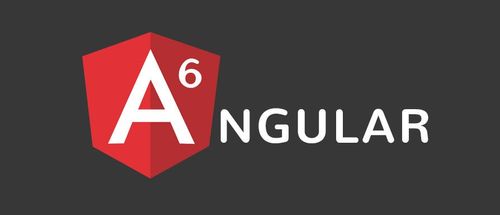Angular 6, with its powerful features, offers the perfect platform for implementing robust email validation in your web applications. In this comprehensive guide authored by an expert, we'll explore the ins and outs of email validation in Angular 6. Learn how to create user-friendly forms, ensure data integrity, and enhance the user experience.
The Role of Email Validation in Web Applications
Email validation is a crucial aspect of web application development. It serves several key purposes:
Data Quality: Validating email addresses ensures the integrity of your database.
User Experience: Users receive immediate feedback, enhancing their experience.
Data Security: Preventing invalid or malicious data from entering your application.
Communication: Accurate email addresses are essential for effective communication.
Understanding Angular 6 and Its Forms
Angular 6 introduces powerful forms capabilities. To understand email validation, you must first comprehend how forms work in Angular 6:
Template-Driven Forms: These forms rely on directives in the template, making them ideal for simpler scenarios.
Reactive Forms: More advanced and flexible, reactive forms rely on the component class.
Building Email Validation in Angular 6
Now, let's dive into the process of building email validation in Angular 6:
1. Setting Up Your Angular 6 Project:
- Begin by creating a new Angular 6 project using the Angular CLI.
2. Creating a Form:
- Use Angular's form-building capabilities to create a form in your component.
3. Adding Email Validation:
- Utilize built-in Angular validation tools to implement email validation. This typically involves using regular expressions and Validators.
4. Displaying Validation Messages:
- Enhance the user experience by displaying meaningful validation messages when email input is incorrect.
5. Handling Form Submission:
- Implement form submission and processing logic to use the validated email address.
6. Testing Your Email Validation:
- Thoroughly test your email validation to ensure it works as expected.
Regular Expressions for Email Validation
Regular expressions play a significant role in email validation. Here's a basic example:
import { Validators, FormControl } from '@angular/forms';
// Custom email validator using a regular expression
export function emailValidator(control: FormControl) {
const emailPattern = /^[a-zA-Z0-9._%+-]+@[a-zA-Z0-9.-]+\.[a-zA-Z]{2,4}$/i;
return emailPattern.test(control.value) ? null : { invalidEmail: true };
}
Enhancing the User Experience
Creating a seamless user experience is vital for email validation in Angular 6:
Real-time Validation: Implement real-time validation to give users immediate feedback as they type.
Custom Error Messages: Provide clear and informative error messages to guide users in correcting their email input.
Visual Indicators: Consider using visual indicators such as red borders to highlight validation issues.
Addressing Common Questions
Now, let's address some of the most commonly asked questions about email validation in Angular 6:
1. Can I use the same email validation function for both template-driven and reactive forms in Angular 6?
Yes, you can use the same email validation logic for both types of forms.
2. How can I validate email uniqueness, e.g., to prevent duplicate registrations?
You'll typically need to communicate with your server to check email uniqueness, which goes beyond basic form validation.
3. Are there any third-party libraries or plugins to simplify email validation in Angular 6?
Yes, there are libraries like ngx-validatorjs that provide pre-built validation rules.
4. What's the best way to prevent malicious input in addition to email validation?
You should implement server-side validation and sanitation to protect against SQL injection and other security threats.
5. Can I use Angular 6 email validation in conjunction with other validation rules?
Absolutely. You can combine email validation with other validation rules to create comprehensive form validation.
Conclusion
Email validation in Angular 6 is a crucial aspect of web application development. By understanding the principles, implementing real-time validation, and enhancing the user experience, you can create web applications that ensure data integrity and provide a seamless experience for users. Mastering email validation in Angular 6 is a valuable skill that will benefit both you and your application's users.



